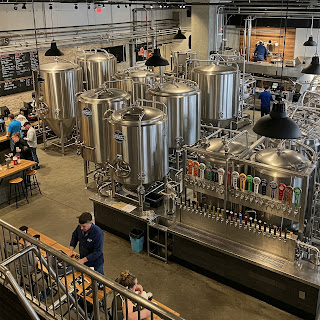Beyond the Wires: The Unseen Power of Effective Electrical Cable Management in Instrumentation

Imagine a bustling city without organized roads, where traffic flows haphazardly, leading to constant gridlock, accidents, and delayed deliveries. Or consider the human body, a marvel of biological engineering, but rendered immobile if its nervous system – the intricate network of electrical signals – is tangled, damaged, or constantly interfered with. Just as these systems rely on meticulous organization for functionality, so too does the complex world of industrial processes depend on an often-overlooked, yet profoundly critical, element: effective electrical cable management in instrumentation. In our previous discussion, we explored the paramount importance of instrumentation itself – how it acts as the silent sentinel, ensuring safety, driving efficiency, guaranteeing quality, and propelling innovation across countless industries. But what powers these sophisticated instruments? What ensures their precise signals reach their destination without corruption? The answer lies in the d...



